The Rise of Mid-to-High-End Chips and Global Competition
Semiconductors - that is a buzzword amongst technological circles everywhere. The semiconductor industry has been a key driver in technological change.
However, there has been a significant shift towards mid-high-end chips in recent history. Global competition has turned the chip market into a battleground. There are many reasons for the rise of these chips, which are worth exploring.
Let’s also take a look at the major players in this market and the geopolitical implications of this race for technology.
The evolution of semiconductor technology
Since they were originally invented, semiconductors have come a long way. Initially, low-end chips used for basic electronics dominated the industry. But with advancing technology came increased demand for more powerful and efficient chips.
These have resulted in the development of middle-to-upper-end products whose performance is far better than their predecessors.
What distinguish mid-to-high-end chips are their advanced architecture, higher processing power, and energy efficiency.
They are vital to contemporary applications such as artificial intelligence, machine learning, and high-performance computing. Some of the other drivers behind the chip’s evolution include faster data processing speed, better energy efficiency, and the ability to handle complex tasks.

Key players in the mid-to-high-end chip market
Several large companies have emerged as the leading sellers of chips for the middle-to-high market range, due to heavy investments in research and development. Here are some of the major chip manufacturing companies in 2024.
●TSMC: The Taiwan Semiconductor Manufacturing Company (TSMC) is the world’s largest contract chip manufacturer, manufacturing chips for major clients such as Apple, NVIDIA, and AMD.
TSMC has become a major player in the high-end chip market through its advanced manufacturing processes and technological innovations that meet the needs of big tech.
●Intel: Intel has consistently challenged the very boundaries of chip technology, ever since it became a founding father of the semiconductor industry.
As a result, they created high-performance processors, which are used almost everywhere. Intel’s concentration on top-of-the-line technologies, combined with its strong R&D, makes it one of the most dominant players in this space.
●NVIDIA: NVIDIA has become famous for its graphics processing units (GPUs) and now offers high-end AI and machine learning chips as well. The company’s GPUs are widely used in data centers and supercomputers, thereby proving their crucial role in driving AI as well as HPC.
●AMD: Advanced Micro Devices (AMD) is notable for achieving success in mid-to-high-end chips with its Ryzen and EPYC processors.
These chips, which offer competitive performance, are heavily relied upon in both consumer and enterprise applications. Yet AMD has made strategic advancements, positioning them powerfully in the microchip industry.
●Samsung: Samsung has made significant investments in semiconductor technology in recent years by producing its Exynos processors for smartphones while planning to expand more into the high-end chip market.
The company intends to boost its market presence and consolidate its position as a leader in terms of technology through semiconductor innovation.
All of these above companies are key players in this market, using their knowledge and resources to meet growing demand for sophisticatedly designed, highly functional chips, which are involved in a process of evolution every single day from these companies.
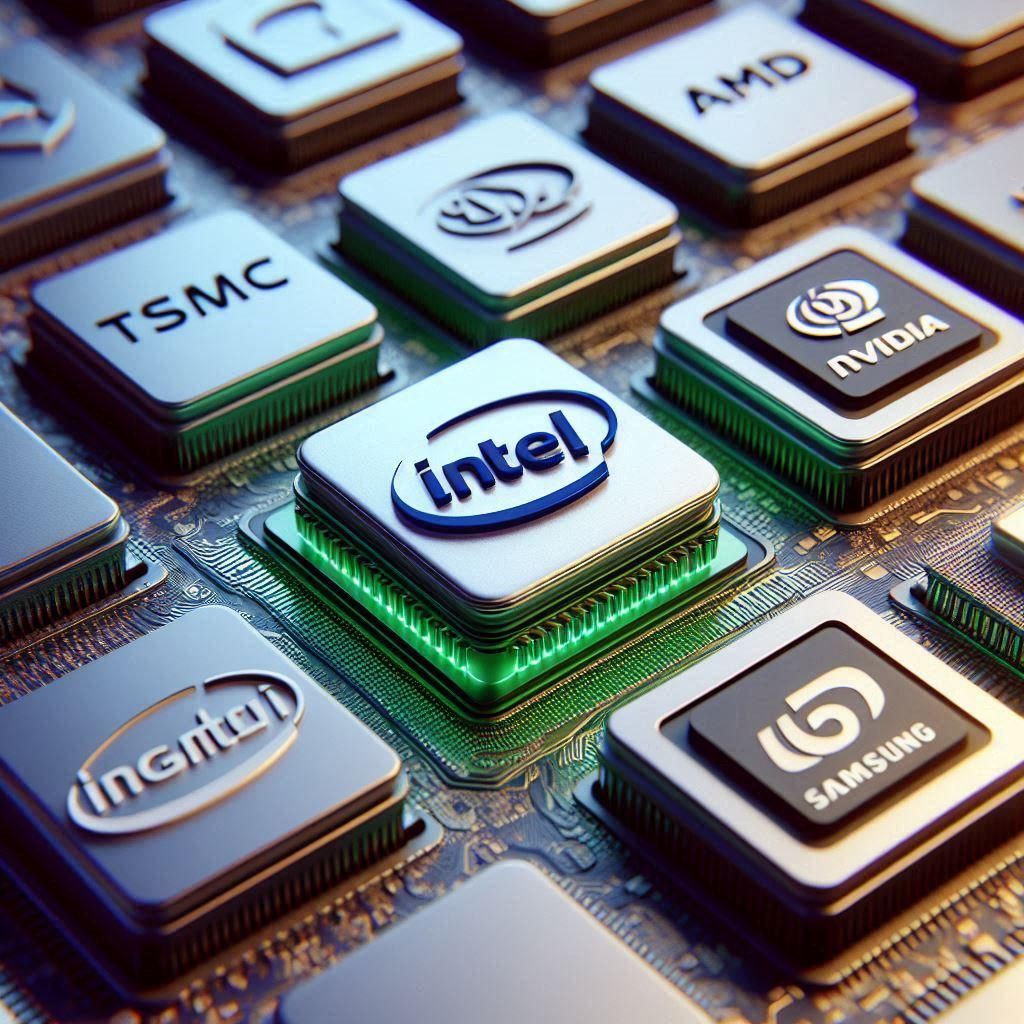
The current geopolitical situation regarding semiconductors
Mid-to-high-end chips have risen in popularity, which not only led to intensified competition among companies but also between nations.
The semiconductor industry has become an integral part of national security and economic strategy. Countries are investing heavily in their semiconductor capabilities to reduce dependence on foreign suppliers and gain a competitive edge.
●United States
The United States has been a leader in semiconductor technology for years, with companies like Intel, NVIDIA, and AMD at the forefront. However, the Asia region, especially China, is becoming more competitive in this aspect.
To maintain its leadership position, the Government of the United States has implemented policies to support the local manufacturing of chips and research.
●China
As part of the “Made in China 2025” initiative, China made considerable investment in its semiconductor industry. The country wants to achieve self-sufficiency in the production of semiconductors by reducing its reliance on foreign technology.
Chinese firms such as SMIC (Semiconductor Manufacturing International Corporation) are making quick strides in this aspect too.
●European Union
The EU has also recognized the strategic significance of semiconductors. Chip manufacturing within the region and dependence on foreign suppliers are being supported by various initiatives by the European Commission.
Companies like ASML, which produces advanced lithography machines, play an important role in the global semiconductor supply chain.
●South Korea
Besides Samsung and SK Hynix, there are several major semiconductor firms located in South Korea. For that reason, the nation is heavily engaged in research and development on semiconductors to maintain its competitiveness.
Policies have been put in place to foster growth in the semiconductor industry of South Korea.
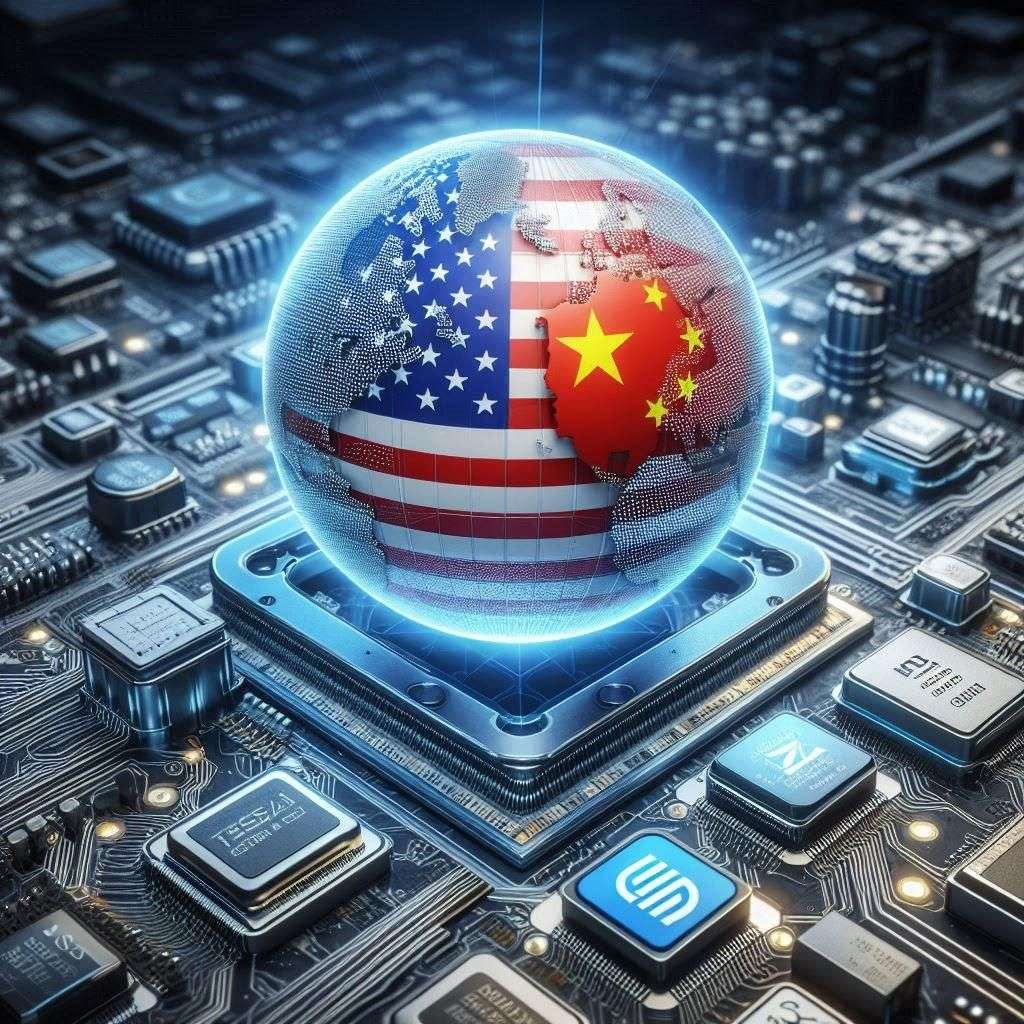
Challenges and opportunities in the mid-to-high-end chip market
The modern semiconductor industry is in the midst of a transformation with both challenges and opportunities to look forward to.
The increasing complexity and cost of chip manufacturing is one of the greatest challenges. The development of sophisticated manufacturing processes and equipment is costly and time-consuming.
Another major challenge is the global supply chain. A variety of suppliers and manufacturers span across many countries in the semiconductor industry.
Disruptions in the supply chain, such as those brought about by the COVID-19 pandemic, can cause significant effects on chip production and availability.
Amidst all of this, there continues to be a demand for middle-high-end chips. AI, IoT (Internet of Things), and 5G technologies are now proliferating, which can lead to more powerful and energy-efficient chips being made.
Therefore, this offers chances for companies to develop new ideas for market shifts.
The rise of mid-to-high-end chips has transformed the semiconductor industry and intensified global competition.
Companies and nations are investing heavily in semiconductor technology to gain a competitive edge and meet the growing demand for advanced chips.
While challenges remain, the future of mid-to-high-end chips looks bright, with continued innovation and advancements driving the industry forward.
OTHER NEWS
-
- The Rise of Mid-to-High-End Chips and Global Competition
- By Prodosh Kundu 01 Aug,2024
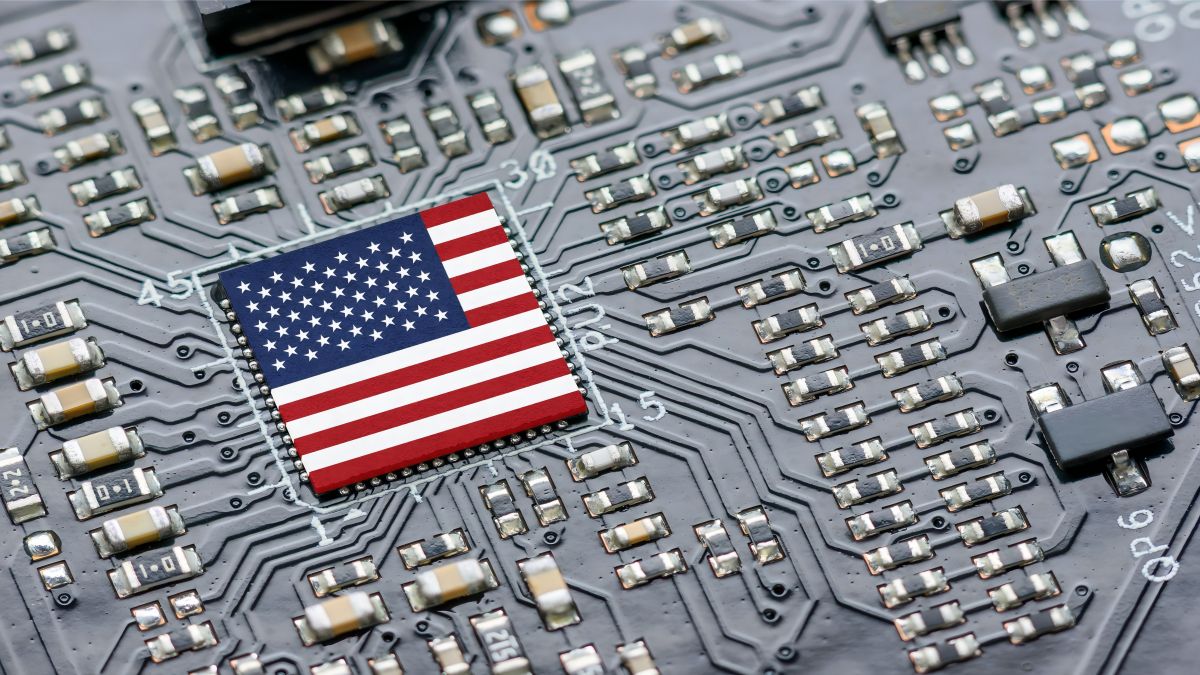
-
- The Profound Impact of Social Media on Digital Marketing Strategies
- By Molly Joshi 16 May,2024

-
- The History of the Technological Titan Google LLC
- By Prodosh Kundu 22 Jul,2024

-
- Applications of GPUs in AI and Gaming
- By Prodosh Kundu 01 Aug,2024
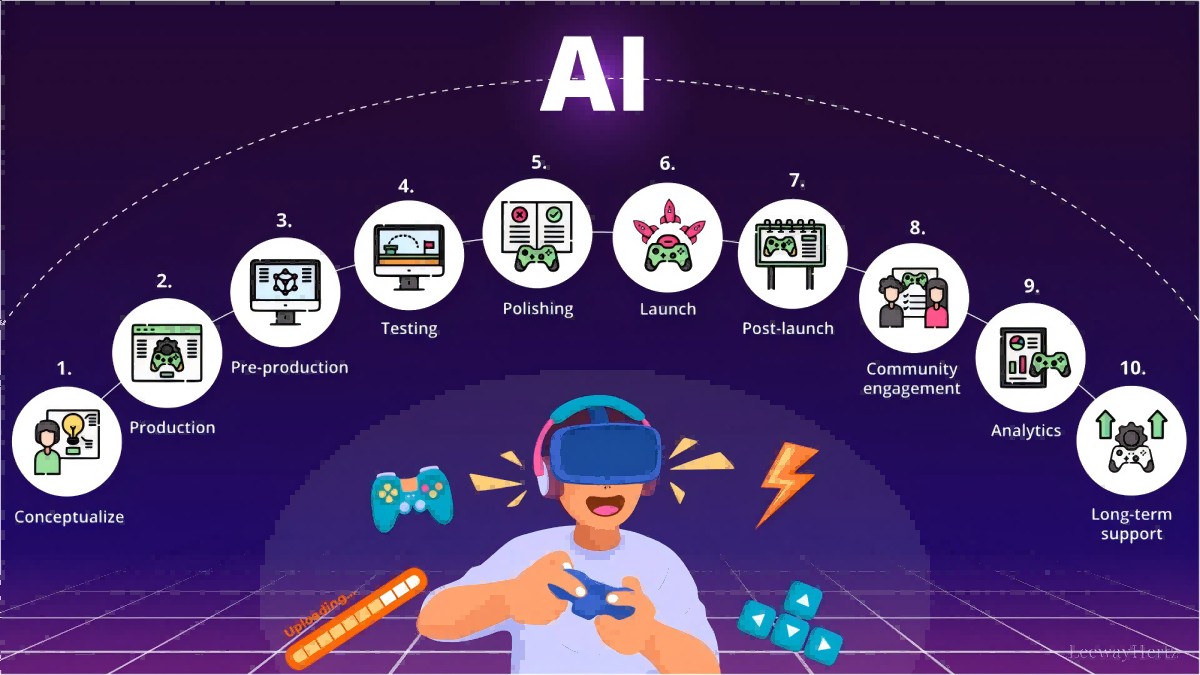
-
- The Rise of QUALCOMM from Inception to Innovation
- By Prodosh Kundu 23 Jul,2024

-
- The development history of Baidu
- By Prodosh Kundu 30 Jul,2024

-
- How to Protect Your Online Privacy
- By Prodosh Kundu 12 Jun,2024

-
- The Evolution and Impact of Online Culture
- By Prodosh Kundu 03 Jun,2024

-
- The development history of Apple
- By Prodosh Kundu 01 Aug,2024
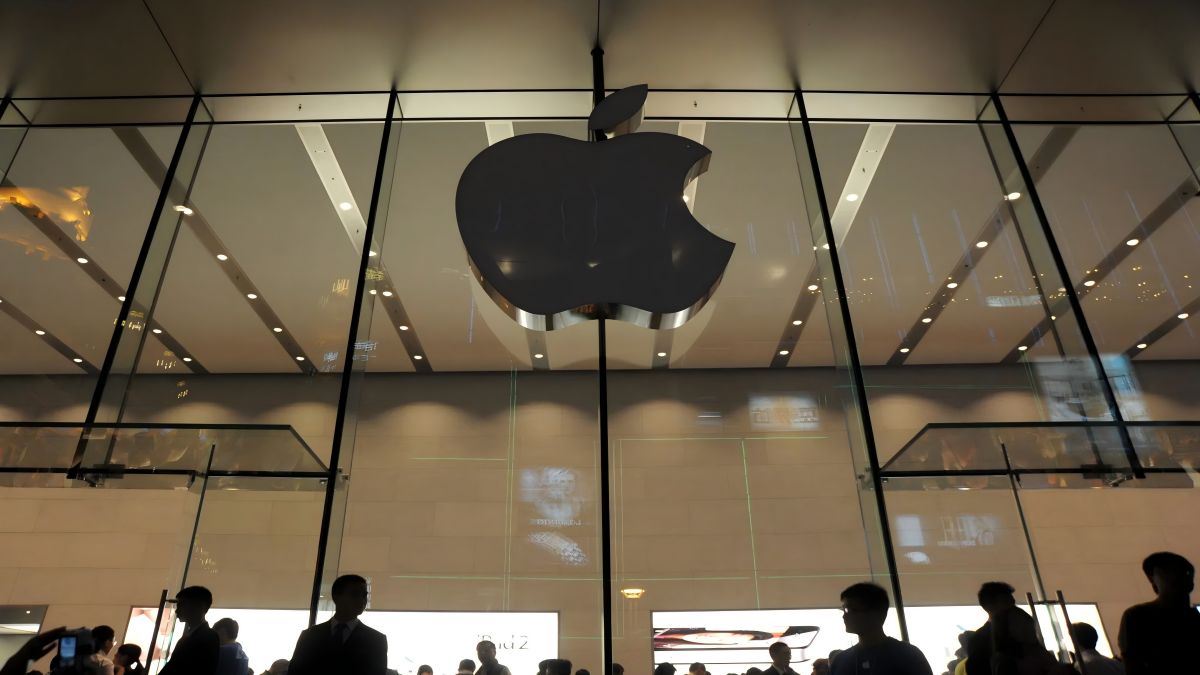
-
- The Journey of NVIDIA Corporation Since its Foundation
- By Prodosh Kundu 30 Jul,2024
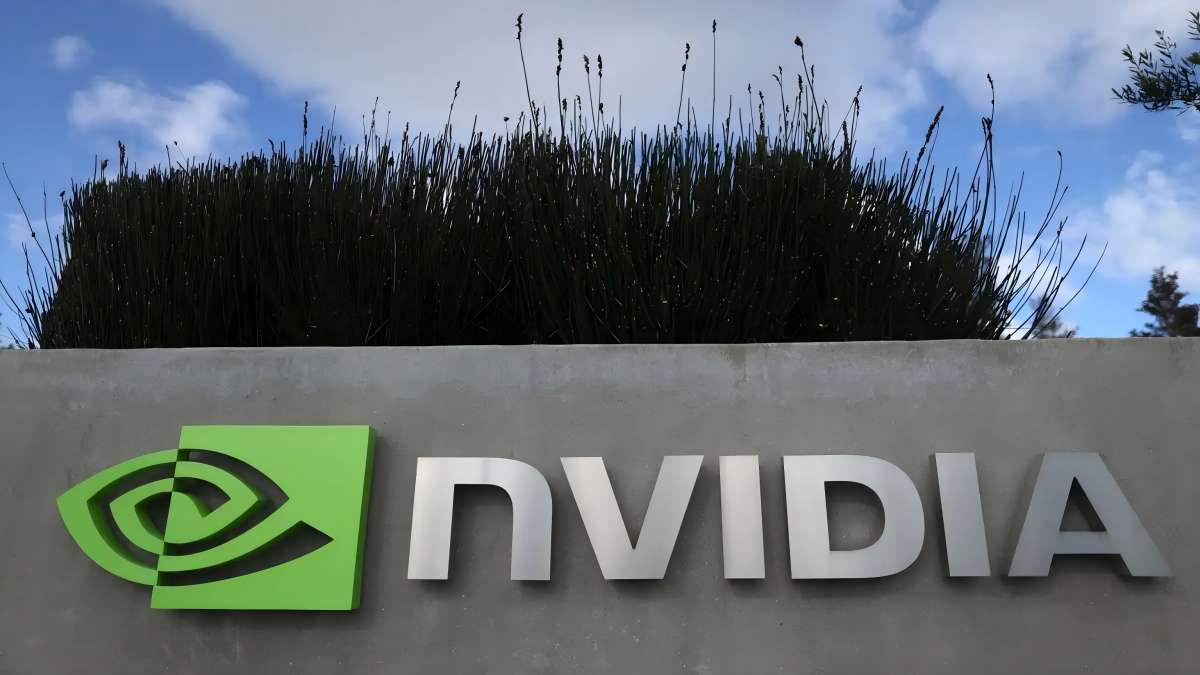
-
- The Powerful Impact of Social Media on Digital Marketing in Current Times
- By Ayesha Asif 16 May,2024

-
- The Evolution of TikTok: From Humble Origins to Global Phenomenon
- By Prodosh Kundu 25 Jul,2024

 1
1 1
1